According to China’s National Health Commission, on February 16, confirmed coronavirus cases in the country rose 2048 (comparing to 2009 on February 15), to 70548. Death tolls rose 105 (comparing to 142 a day ago) to 1770. Health officials said on Sunday that two days of decline in new confirmed cases affirmed the government’s effort in containing the outbreak. But data released today clearly disagree to the claim.
Outside of China, Japan is hardest hit with over 400 cases, mainly due to the numbers in Diamond Princess liner. Singapore (75 cases) and Hong Kong (57) follow. Death toll reached 5 with one new case in Taiwan over the weekend.
China’s central bank PBoC announced today to cut interest rate on its medium term loans to cushion the impact on the economy from the Wuhan coronavirus outbreak. Rate of CNY 200B worth of one-year medium-term lending facility loans is lowered by 10bps to 3.15%. Also, CNY 100B of liquidity is injected to financial institution through reverse repos. Today’s move is believed to pave the way for a cut in the benchmark loan prime rate on Thursday.




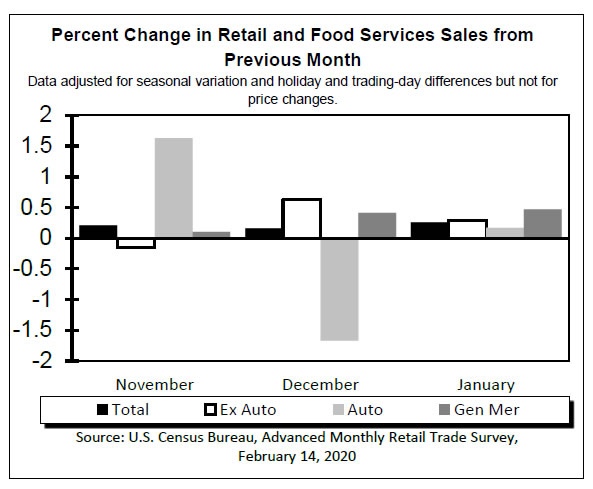
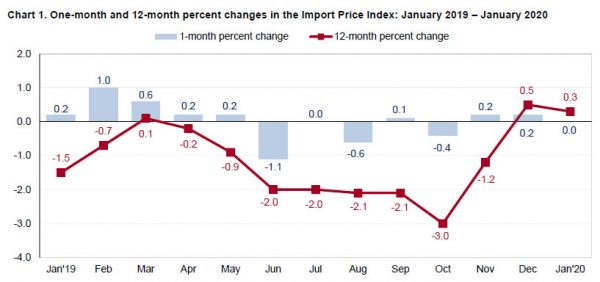
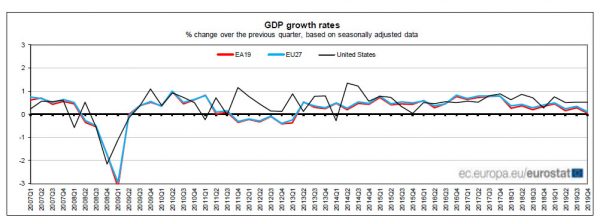
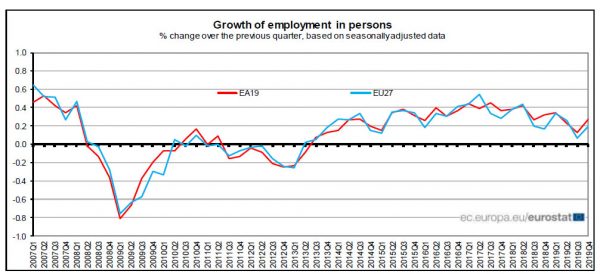
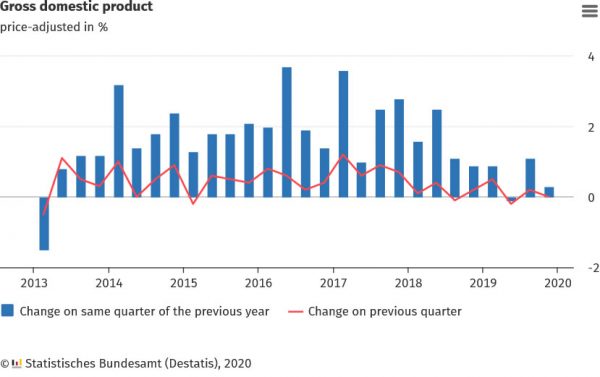
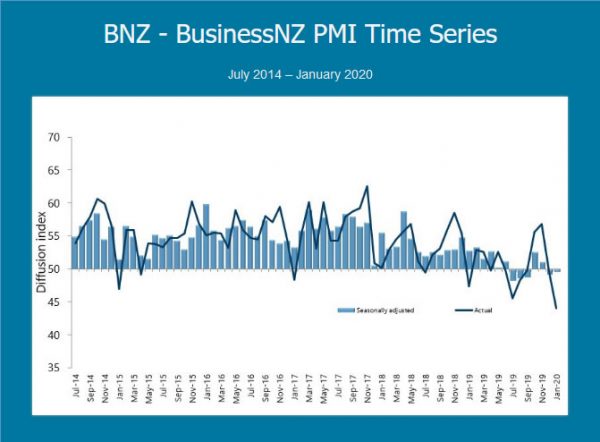
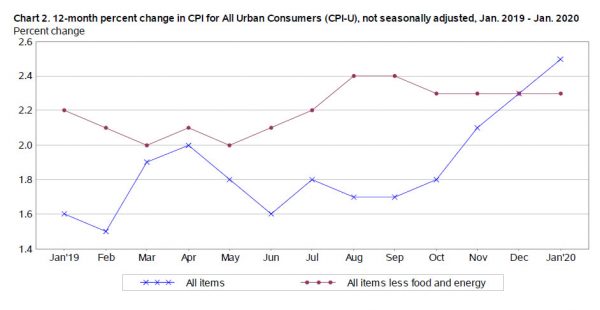
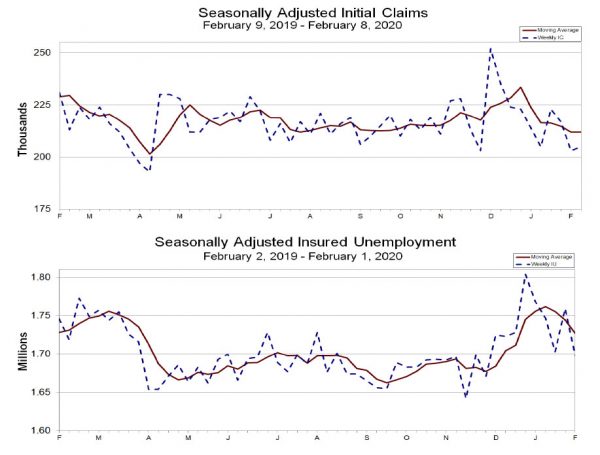
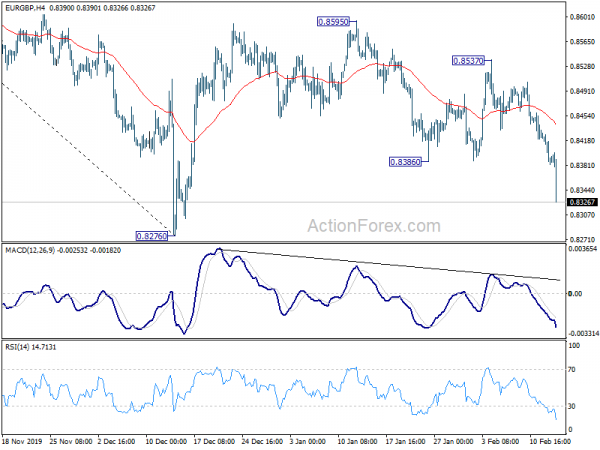
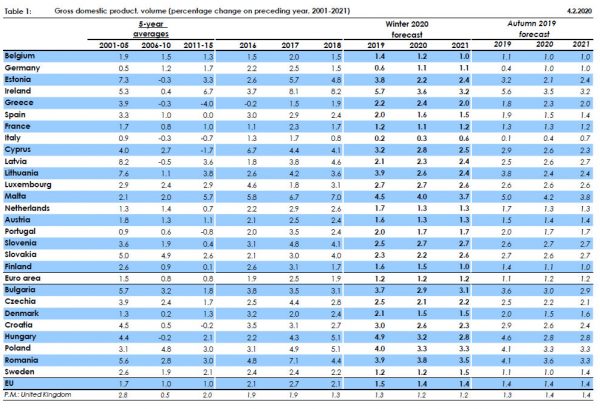
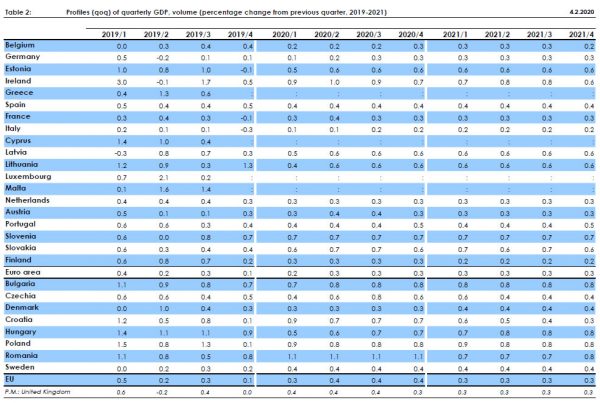
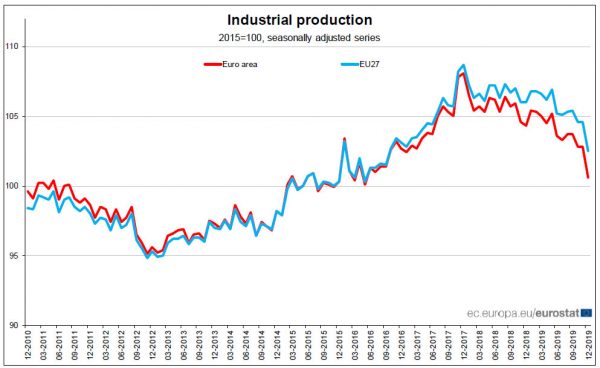

Japan GDP suffered worst contraction in 6 years, sentiments pessimistic
Japan GDP contracted -1.6% qoq in Q4, much worse than expectation of -0.9% qoq. In annualized term, GDP contracted -6.3%, biggest contraction in six years. Looking at some details, private consumption dropped -2.9% in response to the sales tax hike in October. Capital expenditure dropped -3.7%. External demand contributed to 0.5% point to GDP growth, in sufficient to offset -2.1% negative contribution from domestic demand. With impact from China’s coronavirus outbreak, contraction might extend into Q1, making it a technical recession.
Outlook is pessimistic too based on a Reuters survey that tracks BoJ’s Tankan. The Reuters Tankan manufacturer sentiments index rose from -6 to -5 in February. Services index rose from 14 to 15. Business confidence is not too much lifted by the US-China trade deal. The government might be forced to launch another around of fiscal stimulus soon to support growth.